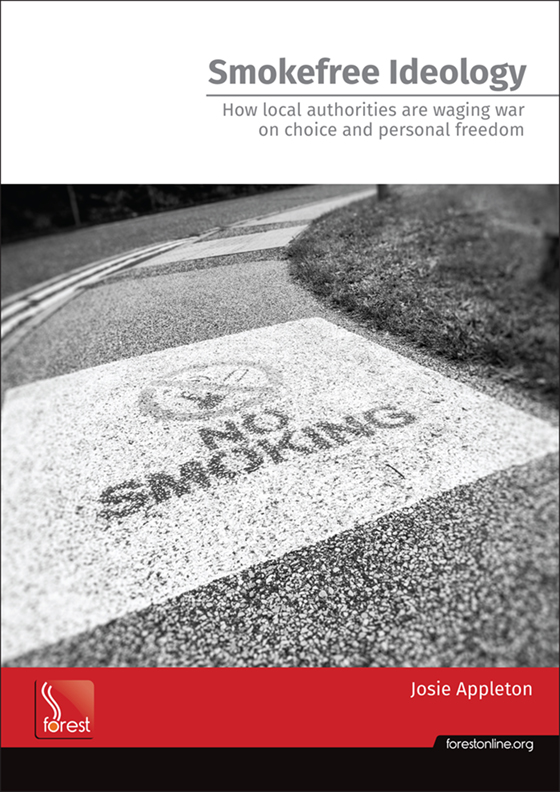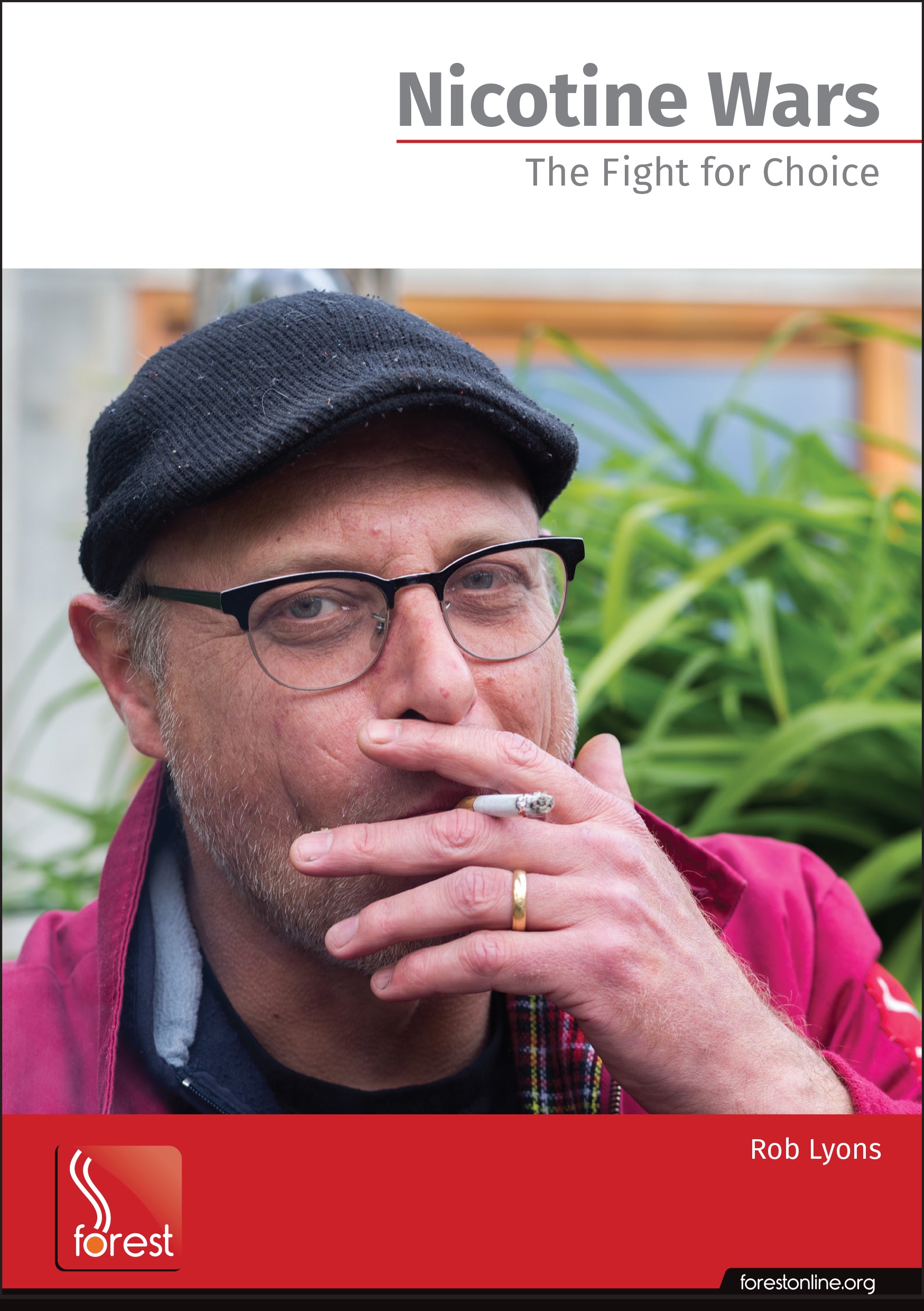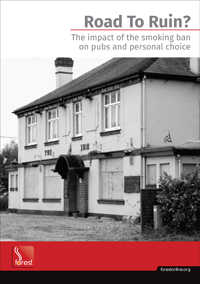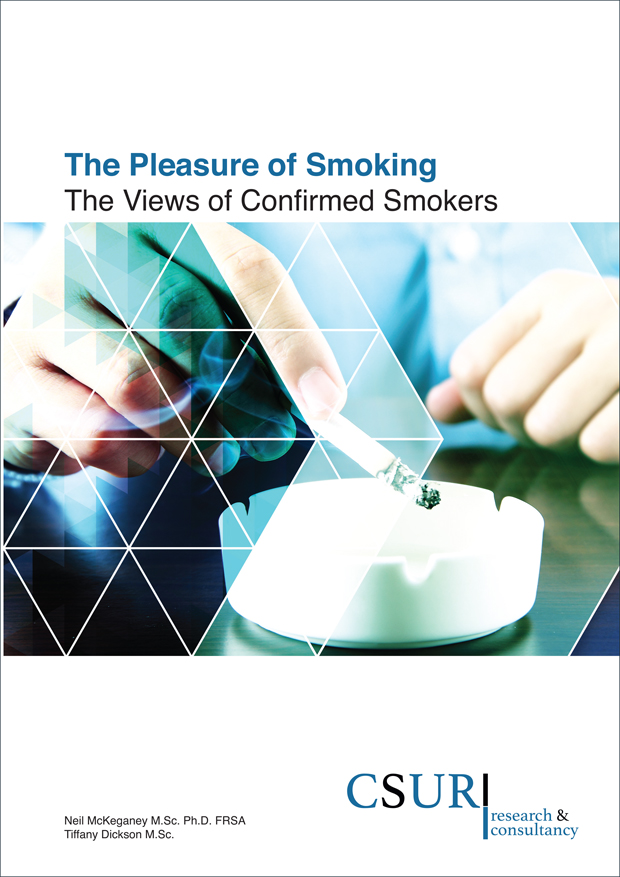Plain packaging: what do you think of the evidence so far?
 Tuesday, December 1, 2015 at 8:28
Tuesday, December 1, 2015 at 8:28 Today is the third anniversary of the implementation of plain packaging in Australia.
Interestingly the Australian Government's long-awaited review on the impact of plain packaging is long overdue.
I can't be the only one who thinks that if there was clear evidence that plain packaging has been a 'success' (ie it has significantly reduced youth smoking rates in Australia, as advocates said it would) anti-smoking campaigners would be shouting from the rooftops.
What we do know, thanks to a press release issued by ASH last week, is that since the introduction of plain packaging in Australia in December 2012 youth smoking rates have fallen but only by a similar rate to those in England (where plain packaging will not be introduced until May 2016).
Anyone with half a brain, then, can see that plain packaging itself has had little or no impact.
But don't take my word for it. The Institute for Policy Evaluation has just published a report (commissioned, it must be said, by Philip Morris) entitled 'Three years of plain packaging for tobacco products in Australia - Have the expectations been met?'.
According to the IPE:
In December 2012, the Australian Government implemented plain packaging for tobacco products in order to curb smoking. But three years later, governmental data and related research show that neither the rate of smoking, nor tobacco consumption have declined as a result of plain packaging.
The percentage of smokers in the population (ie the rate of smoking) is the key smoking-related metric for evaluating plain packaging. The Australian National Drug Strategy Household Survey (NDSHS) indicates a decline in the rate of smoking from 15.1 in 2010 to 12.8 percent in 2013.
Tobacco control researchers have portrayed this decline as evidence of plain packaging’s effectiveness. However, the NDSHS data cannot validly be used to evaluate the (potential) plain packaging effect for several reasons. In particular, the data provide information on smoking rates in 2010 and in 2013, but plain packaging was introduced only in late 2012.
Unlike the NDSHS, official state-level data enable a comparison of smoking rates right before and after the implementation of plain packaging. These data show no evidence of a plain packaging effect and this finding is in line with existing empirical research.
The amount of tobacco consumed is another important measure of actual smoking behavior. Since cigarette sales (a common indicator of tobacco consumption) are not publicly available, researchers must rely on proxy variables (for example, tobacco clearances and expenditure on tobacco) or survey data (for example, NPPTS). Empirical evidence based on both kinds of data (proxy variables and survey data) suggest that plain packaging has not reduced (legal) tobacco consumption.
Three years after the introduction of plain packaging, publicly available data reveal that plain packaging has not reduced smoking rates or tobacco consumption. Even though the data were collected by different organizations, in different states, and in different ways, they tell a consistent story that does not support claims of plain packaging as an effective public health measure.
Given the huge discrepancy between the initial expectations of what plain packaging can achieve and the actual results after three years of experience with the measure, further research on the reasons for the ineffectiveness of plain packaging is needed.
Meanwhile our own government is blundering ahead with the policy (despite a legal challenge by the tobacco companies that is due to reach court next week) and from May 1 next year consumers will find tobacco sold in brown standardised packs featuring grotesque images on front and back.
Teenagers, I am sure, will simply ignore the packs in the same way they ignored graphic health warnings when they were introduced a few years ago. (After all, if picture warnings worked we wouldn't need 'plain' packaging, would we?)
Anyway you can download the full IPE report here.
See also Plain packaging is three years old today (Catallaxy Files).
 Simon Clark |
Simon Clark |  1 Comment |
1 Comment | 










Reader Comments (1)
The main effect of Plain Packaging for a lot of consumers is not the silly medical porn new packets but the fact that many types of cigarettes will be banned, i.e. anything flavoured other than Menthol which has an extension until 2020. Apparently they might entice kiddies to start smoking. Rubbish ! At over £10 a pack this is extremely unlikely ! Many adult smokers who enjoy this type of tobacco are going to be very pissed on in May when these minority brands disappear !!